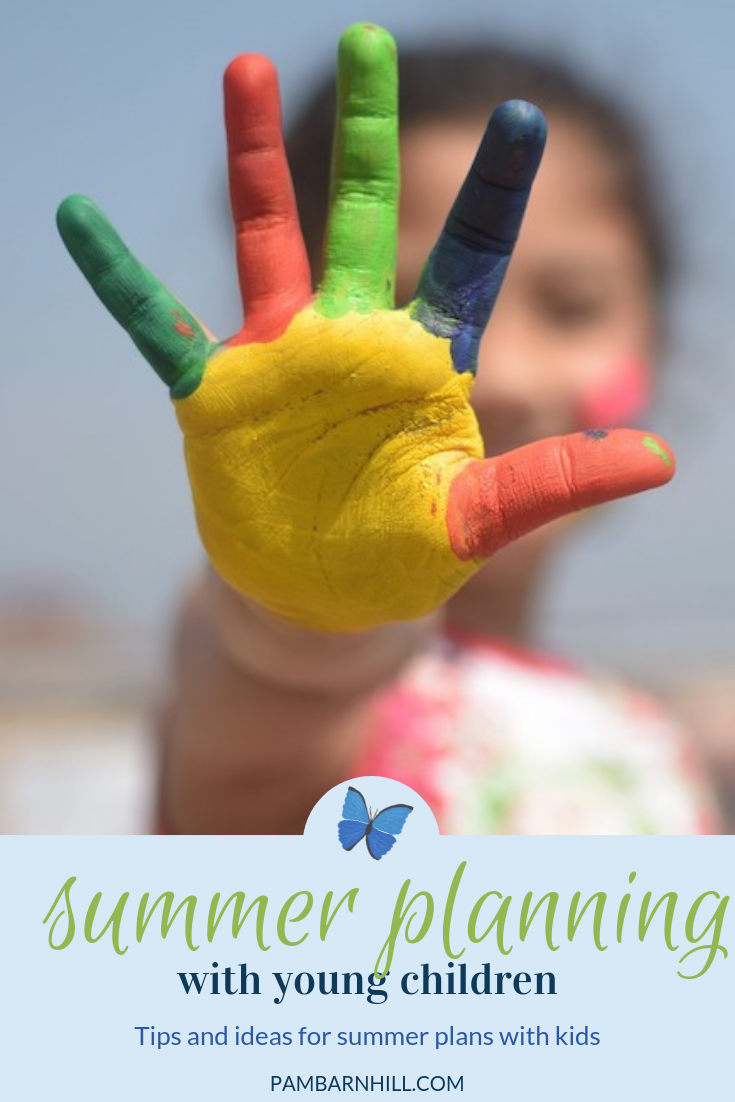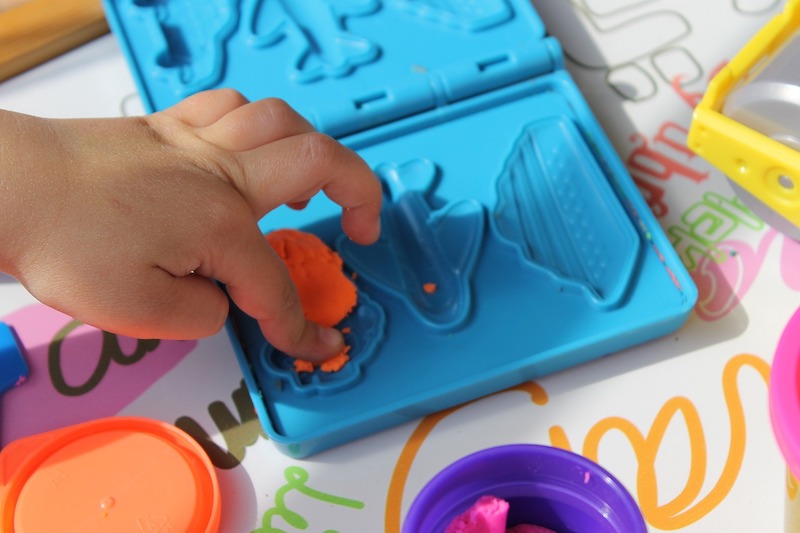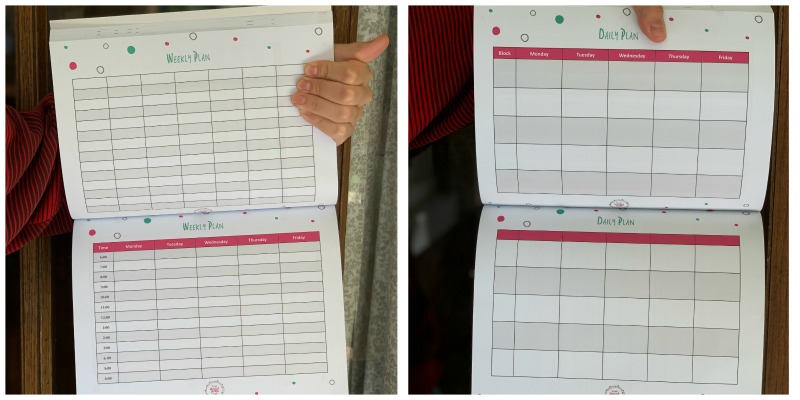
Sometimes, I find it really hard to believe that my kids are 12 and 15.
It seems like just a few minutes ago, they were 2 and 5, or at the most 5 and 8.
I recall our earliest summers and they felt LONG.
The problem was that without our usual routine, I felt a little directionless. Every day I felt like I was trying to steer the ship against the current of busy, curious kids who had way more energy than I did.
If you have small kiddos, you might be starting to stress right now. It’s not that the school year is easy, but it does tend to have more built-in structure.
Not to fret. Today I want to share what I learned during the early years at home with my kids.
1. Maybe keep going …
First, though, I want to offer up something a little crazy. You could just keep going with your current schedule.
Your summer plan may include keeping your school routine.
Tell me more, some of you are saying …
My friend Cait does this – her kids crave structure and routine, so she keeps certain “school” rhythms in place during the summer.
2. Cut back a bit
Another option is to cut back … some. One way to do this would be to keep Morning Time going. Aren’t there ALWAYS more resource you’d like to include in Morning Time?
Alternately, you could keep going with just a subject or two, like math. For little ones, Kate’s math books would be a GREAT way to really build those basic skills during “time off.”
3. Build a weekly routine
But if you are craving a break, or you think your family needs one, that’s absolutely OK too. You just might need to to create a few routines to keep you from feeling like every day you are starting over a la Groundhog Day.
A weekly rhythm can be helpful for everyone. Kids know what to expect, and as a mom, you can plan around it – you’ll know what days work for appointments and what days you can easily skip your planned activity and spend the day at the pool with friends without throwing off the whole week.
Try building a themed weekly summer plan!
When my kids were young, our summer days included: Library Day, Art Day, Nature Study Day, Field Trip Day and Errand Day (plus a treat!).
Before you worry that all of our field trips were to major museums or something that required paying tolls and spending the whole day out of town, often this was a day to visit local places like the arboretum, the duck pond, the kids’ museums in our own town or special kid-friendly events that were already happening without me needing to plan them!
I also always stocked up a movies and books during weekly library visits in case of bad weather. (Movie + popcorn + lights off + fan on = a lovely afternoon).
4. Create a daily routine
The next step is to create a daily routine.
This doesn’t mean a schedule, necessarily, although for some of us, a schedule is all that stands between our family and utter chaos.
Creating a daily summer plan doesn’t have to be restricting.
But if you want something a little more free-flowing for summer, start with what you already do – meal times, bed time, and for goodness sake, a quiet time. This doesn’t mean that everyone needs to sleep (although if you can swing it …)
But USE those library books. If your family is doing a summer reading program, make this your appointed reading time.
Then, decide if your weekly activity would work better for you in the mornings, or in the afternoons.
If mornings, save the time after quiet time for chores, baths, read-aloud time, etc. You can even do an afternoon morning time.
If afternoons are a better fit, flip-flop and do a quiet time before you leave or after you get home.
5. Creating a visual
A huge part of a schedule, routine, plan or whatever you call it at your house is having some way to see it.
For super visual families, or families with tiny people, these kinds of calendars are really helpful.
A visual calendar can help you and your children know what’s happening next in your summer plan.
If your family does OK as long as YOU know what’s happening, you can add things to your phone, to a shared online family calendar, or even to a simple wall calendar.
My favorite way to keep track of our routine, though, is to use the weekly and daily planning forms in Plan Your Year.
Make lots of copies, get out your favorite colorful pens, and take some time to sketch out a plan.
And keep in mind – plans change and things come up, but a framework for your summer might help make it a more relaxing and fun season for everyone.
Note: If you are looking for a little extra planning inspiration, Kindred Collective is hosting a planning conference June 28. Learn more here.
- Planning Christmas School - December 12, 2019
- It’s Not a Contest: When Things Feel Hard - November 7, 2019
- Getting to the root of homeschool struggles - October 4, 2019



